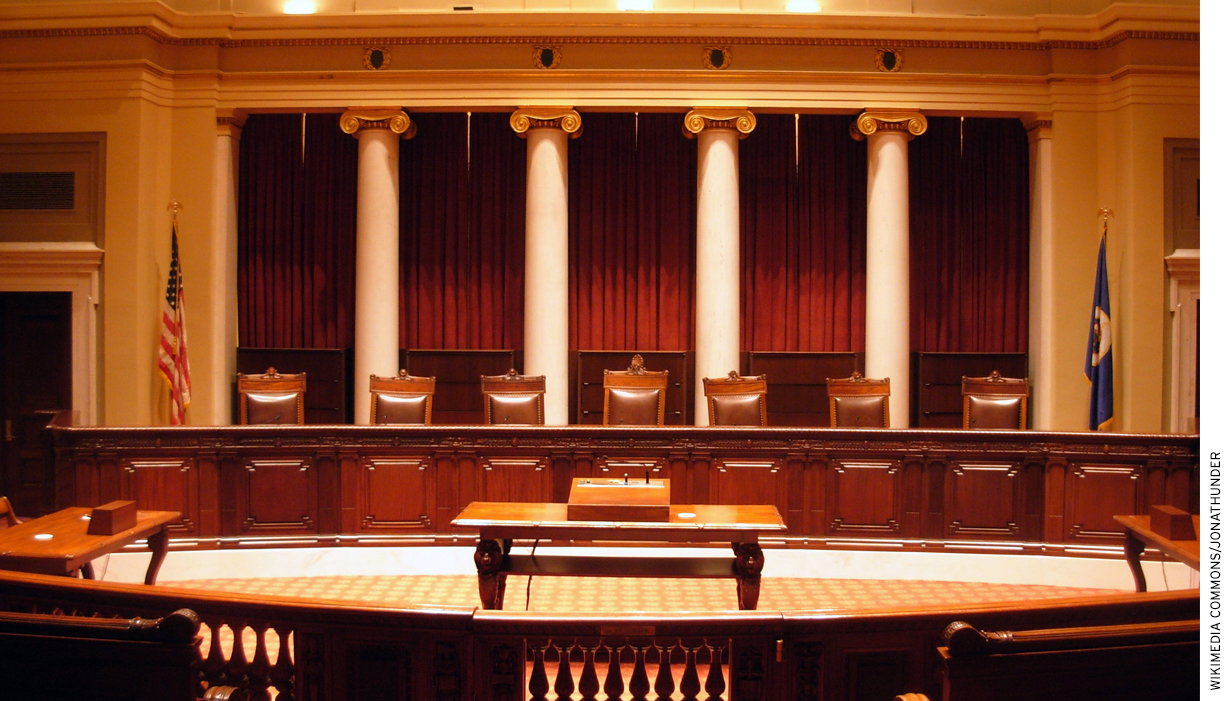
In Democracy in America, Alexis de Tocqueville wrote that language in democracies is characterized by almost limitless malleability. Democracies turn the concrete into the abstract, and as a result, words become like boxes “with a false bottom”: what you take out can be entirely different from what you put in.
There is hardly a better illustration of this linguistic magic trick than “adequacy” litigation—lawsuits that press the government to provide additional funding for schools. Adequacy advocates have successfully invoked the education clauses of state constitutions, not only to secure billions of dollars in additional school spending but also to lay claim to an array of new rights, for instance, that every student is entitled to have “sufficient grounding in the arts . . . to appreciate his or her cultural and historical heritage,” as the Kentucky Supreme Court ruled in 1989 in Rose v. Council for Better Education, the nation’s first adequacy lawsuit.
Recently, litigants in Minnesota have extended the logic of adequacy and claimed that their state’s education clause contains a right to be educated in a racially and socioeconomically integrated setting. The state’s education clause compels the legislature to “establish a general and uniform system of public schools” and to fund them so as to “secure a thorough and efficient system of public schools throughout the state.”
In 2015, seven families and a nonprofit organization sued the state, alleging a range of constitutional violations, including the state government’s refusal to change the boundaries of the Minneapolis and Saint Paul school districts; creating charter schools; and inequitably distributing resources. Because the Minneapolis and Saint Paul school systems enroll a disproportionately high number of minority and low-income students, the plaintiffs claim that the districts’ boundaries violate the uniformity requirement of the constitution. They contend that since many charter schools in the Twin Cities are racially homogeneous, they too violate that clause. And, as expected in an adequacy suit, the plaintiffs contend that the lower academic performance of students in Minneapolis and Saint Paul is attributable to insufficient funding and thus requires more state spending. However, the primary remedy sought in the case, Cruz-Guzman v. State of Minnesota, is a metropolitan-wide busing plan much like the one struck down by the U.S. Supreme Court in 1974 in Milliken v. Bradley. Dan Shulman, the plaintiffs’ attorney in Cruz-Guzman, advocates for this solution because “if the entire seven-county area is part of a remedy, there won’t be white flight. Where are they going to go?”
The trial court declined to dismiss the suit, but an appellate court ruled in 2017 that the case raised a political question inappropriate for judicial resolution and, therefore, had to be dismissed. In July 2018, in a 4–2 opinion, the Minnesota Supreme Court overturned that ruling, asserting that judicial intervention was indeed allowable and sending the case back to the trial court. Officially, the court denied any intent to engage in policymaking, stating that “specific determinations of educational policy are matters for the Legislature.” However, it also said, “It does not follow that the judiciary cannot adjudicate whether the Legislature has satisfied its constitutional duty under the Education Clause,” and “some level of qualitative assessment is necessary to determine whether the State is meeting its obligation to provide an adequate education.” In a footnote, the court added, “It is self-evident that a segregated system of public schools is not ‘general,’ ‘uniform,’ ‘thorough,’ or ‘efficient.’”
Despite this nod of support for the plaintiffs, one doubts that the court would actually engage in a wholesale redrawing of school-district maps in Minnesota. When the federal courts did that in Detroit, the backlash helped George Wallace win the Michigan Democratic presidential primary in 1972. As well, many African American leaders within the charter-school movement oppose the lawsuit. After the state supreme court’s decision, Charvez Russell, the African American director of Minneapolis’s Friendship Academy of the Arts, which is 96 percent minority, criticized the suit, saying, “The truth is, an environment like Friendship Academy serves students of color much better, which is why parents choose us.” Thus, if this lawsuit goes anywhere, it will likely morph into a traditional adequacy lawsuit, with the state supreme court demanding more spending and the state legislature complying to some degree. Judicial mapmaking faded away in the 1970s, and this lawsuit probably won’t bring it back.
Joshua Dunn is professor of political science and director of the Center for the Study of Government and the Individual at the University of Colorado Colorado Springs.
This article appeared in the Spring 2019 issue of Education Next. Suggested citation format:
Dunn, J. (2019). Suing for Desegregation in Minnesota: Will the state’s courts redraw school-district lines? Education Next, 19(2), 7.


